Fujikura Axiom Iron Shafts
The Fujikura Axiom is the best graphite iron shaft in golf. That’s the review. Ok, you’re probably here because you want a little more information…
Fujikura’s Ventus shaft family took the golf world by storm thanks to its combination of incredible feel, stability, and performance. The secret sauce to that platform was something called “VeloCore”. “What’s VeloCore” you ask? VeloCore is essentially a multi-material core that runs the length of the shaft to increase stability without sacrificing feel and response. This improved stability helps keep dispersion tight with much better control.
After years of this technology completely dominating the wood shaft market, Fujikura brings all the benefits of VeloCore to irons. Meet the new Axiom iron shaft. Through extensive enso research, Fujikura was able to deliver an iron shaft platform with more consistency, stability, and control in a clean feeling graphite profile.
NOTE: The Axiom shafts have a unique “spec system” regarding lengths and tipping which I’ll cover at the end. This includes the different parallels and tipping instructions.
The Looks
While I’m sure the Fujikura Axiom will look pretty sharp in any installation, I installed them in a set of Edel SMS Pro irons with Edel’s Colorado BB&F ferrules. It looks incredible, if I do say so myself. For such an understated aesthetic, the Axiom has a pretty serious and mean vibe. The base coat is a matte black with silver “silhouette” Axiom graphics over it. Toward the tip section of the shaft is the signature VeloCore graphic. When you flip the label down, there’s a mid section graphic made of a small silver Fujikura logo over a pattern which I’m calling an “Axiom X wave”. (Not sure if that’s the official designation, but I’m going with it.) Simply put, the Axiom doesn’t scream out for attention, but does make your irons like pretty darn cool.
How Does it Feel?
Stability courtesy of the VeloCore technology is the name of the game with the Fujikura Axiom shaft. And boy, does it make a huge difference in this graphite iron shaft. Generally, I don’t do well with “lighter” graphite shafts. Whether it’s a swing weight thing, or just the profile being too soft, I don’t know. They just never have “bag longevity” with me. I would generalize it by saying the feel and control tends to be really squirrelly, and therefore, very inconsistent and unreliable. With the Fujikura Axiom, however, I’d say it has actually been refreshingly exactly the opposite.
What I would say is that I feel like the Axiom exists in some “world of feel” that lies between graphite and steel. The lighter weight and smoother/softer feel of graphite is very nice, but there’s the stability and tightness I want out of a steel shaft with my aggressive swing. Because of the VeloCore adding such a good amount of stability without sacrificing response or feeling boardy, the general feel isn’t totally foreign to me. Overall, I would say the Axiom has a very clean, responsive feel with reliable and critical stability throughout all of your irons. It’s important to note that torque values are progressively lower throughout the set. In short, this means your pitching wedge will be more “stout” than your four iron, etc.
I’ll talk about this more later, but it directly affects your feel so make sure you tip trim/prep the Axiom correctly. There are very specific directions to follow as a baseline to start from.
On-Course Performance
When I was talking to Fujikura about this review, they told me, “I think you’ll be surprised with this one. Being able to have the stability you need at a lighter weight could help you pick up a few yards and give you a smoother feel.” I heard that and skeptically said, “ok, let’s go with 105 grams instead of 125” because I thought it would be a good story to tell one way or another. So while I wasn’t technically fit for the Axiom, I felt I was in a good position to really convey an experience of the whole Axiom story.
The 105 gram Axiom held up perfectly to my usual faster, aggressive swing thanks again to that VeloCore stability. I was able to comfortably make my “normal” swing and didn’t have to adjust to the lighter shaft weight. My dispersion was tight throughout the set and I was easily hitting all of my clubs around ten yards longer as a result of the lighter weight increasing my swing speed.
Fujikura considers the 105 to be a “medium-low” launch shaft. I can’t tell you I found it be on the low side, but it’s definitely a controlled medium with a powerful flight. The difference is, it was easy to get the ball off the ground and carrying. I would almost call the shaft itself “forgiving”. Producing a strong flight throughout the bag was fairly effortless, but it was like the club was doing most of the work for me. I specifically noticed a massive reduction in “heavy dead knuckle balls” out of the rough. You know the ones where you feel like no amount of club in the world is heaving the ball more than 45 yards and 15-20 feet in the air? Practically non-existent with the Axiom…
Final Thoughts – Fujikura Axiom Iron Shafts
Look, I know this review comes across a good bit more anecdotal than usual. The truth is, the Fujikura Axiom graphite iron shafts really caught me off guard. Regardless of my opinion on this shaft, I’ve never hit anything like it. Now that I type that out, it really does remind of the first time I hit the original Ventus Black. The combination of feel and stability in the profile is truly unique, and the control and dispersion is rock solid.
My “parting thought” is this; Fujikura Axiom shafts are a great option for anyone. Whether you’re a loyal graphite player, or a devout steel player, the Axiom is a unique iron shaft that does everything really well. It combines all of the feel elements you love from both graphite and steel shafts in your irons. If you’re asking me, I think a lot of steel players who have sworn off graphite iron shafts may be open to change after trying the Axiom. I, for one, will definitely be spending more time playing the Axiom and seeing where things go!
Fujikura Axiom Tip Trimming Instructions
Fujikura ships the Axiom in three different parallel lengths: long, medium, and short with .370 parralell tip. If you look at the chart above, you can see which “length” applies to each iron as a starting point. As Fujikura puts it, “advanced lay-up techniques and material layouts cater to each profile to ensure constant weight and consistent results. Separate parallel sections result in minimal tip trimming, allowing the integration of premium materials further down the shaft to amplify performance.” Follow the tip trimming instructions above and butt trim to length. Tips can be turned down to .355 taper as necessary as well. Your local professional club builder should be able to handle this without a problem.


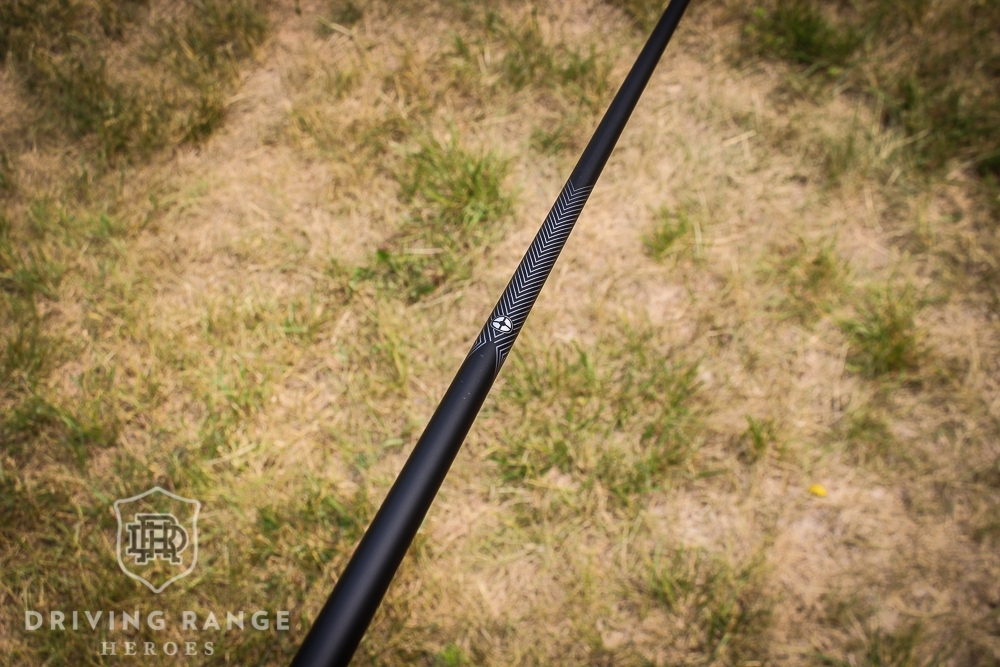
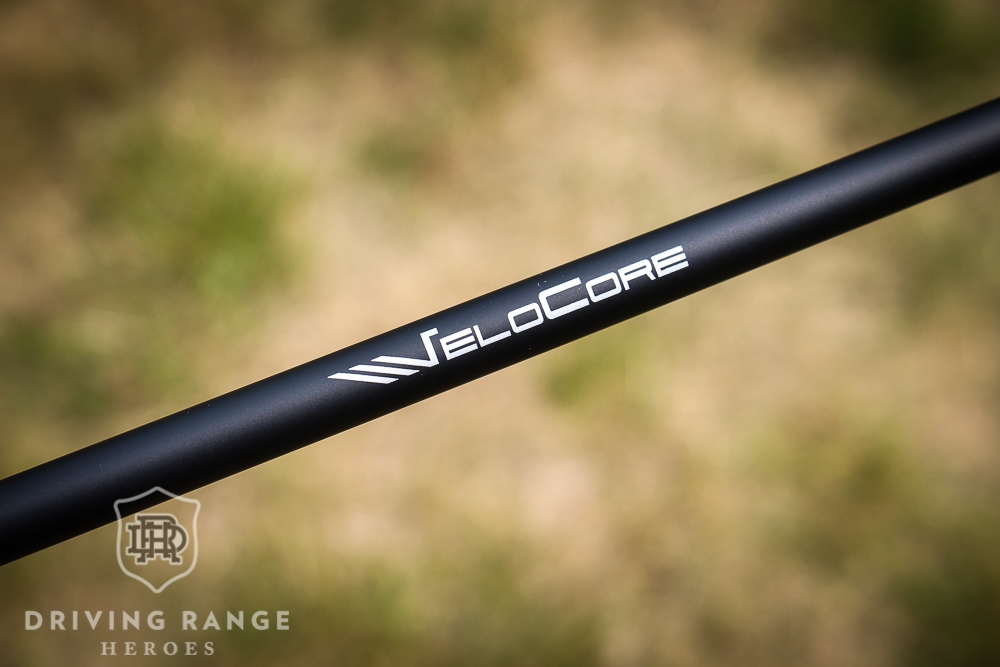
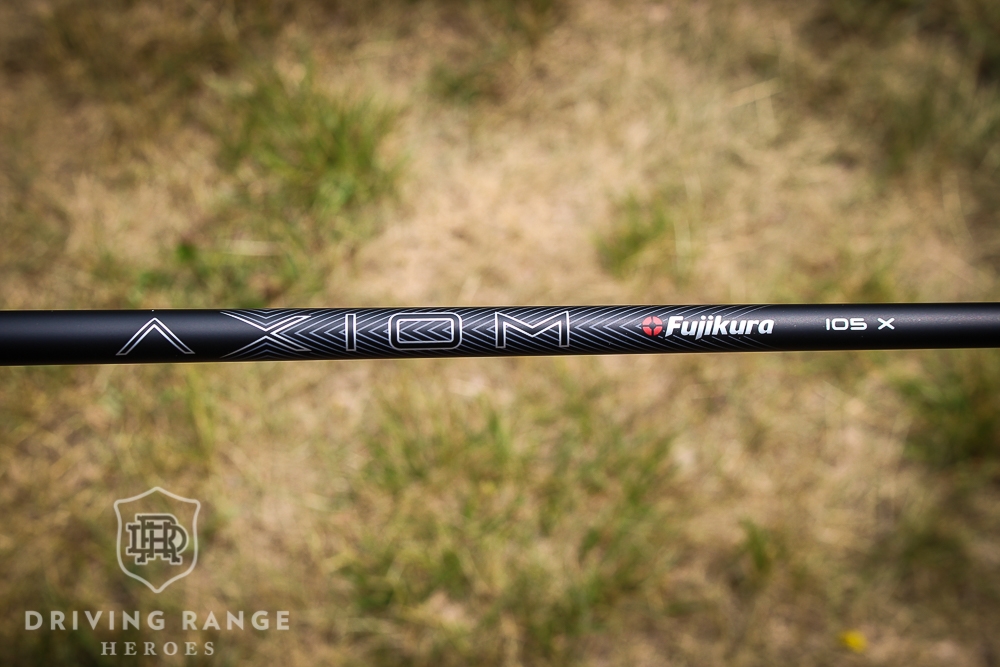
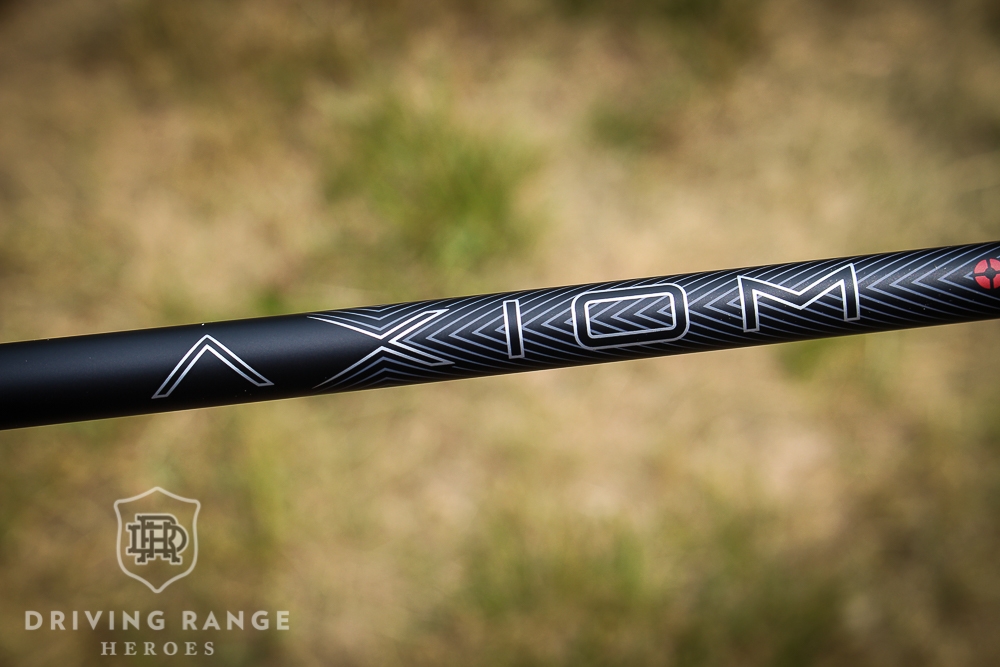
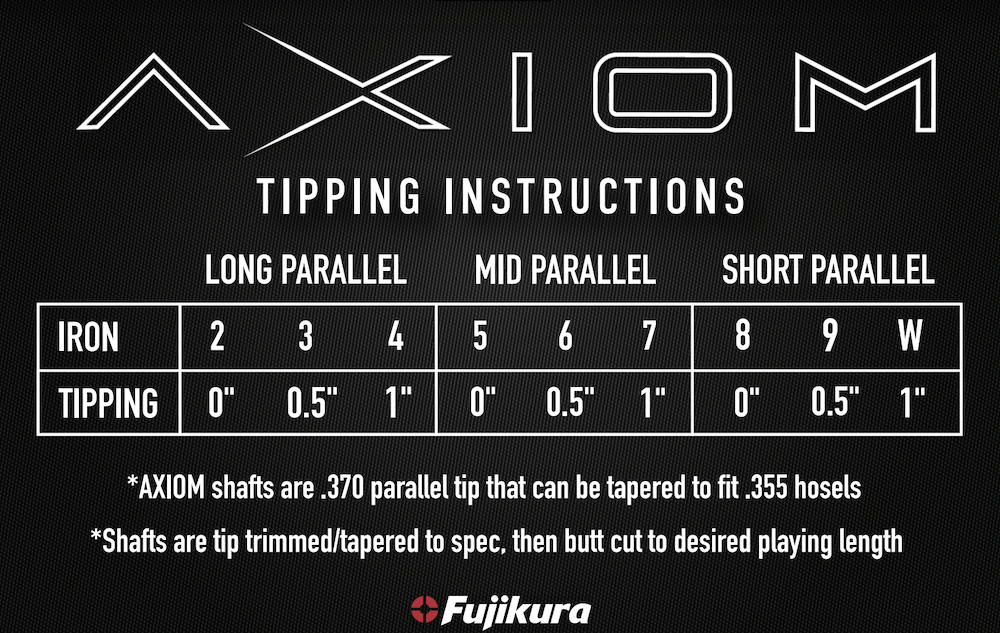

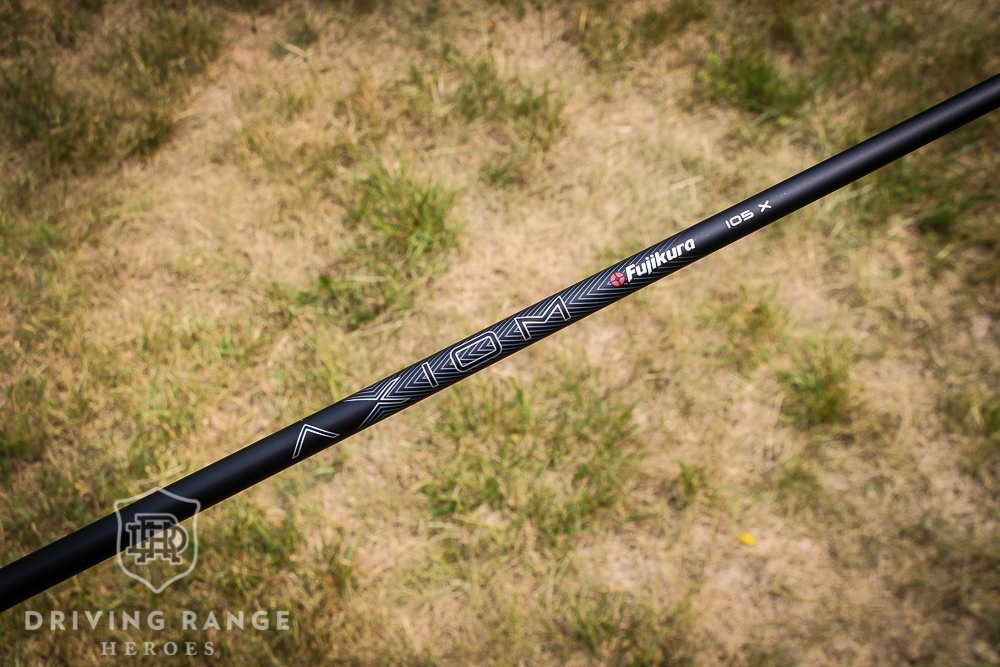
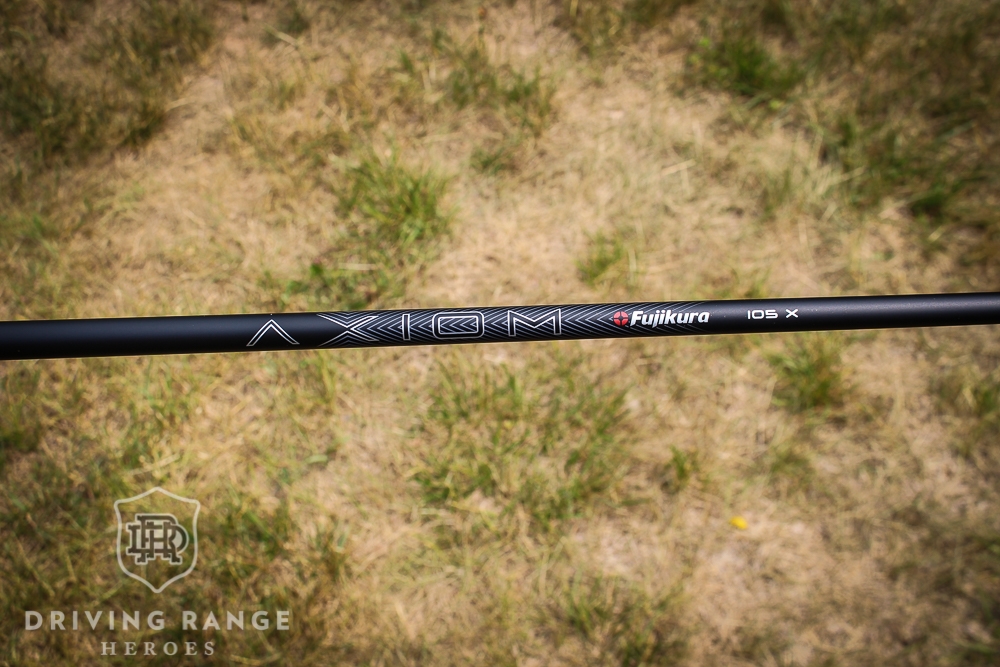
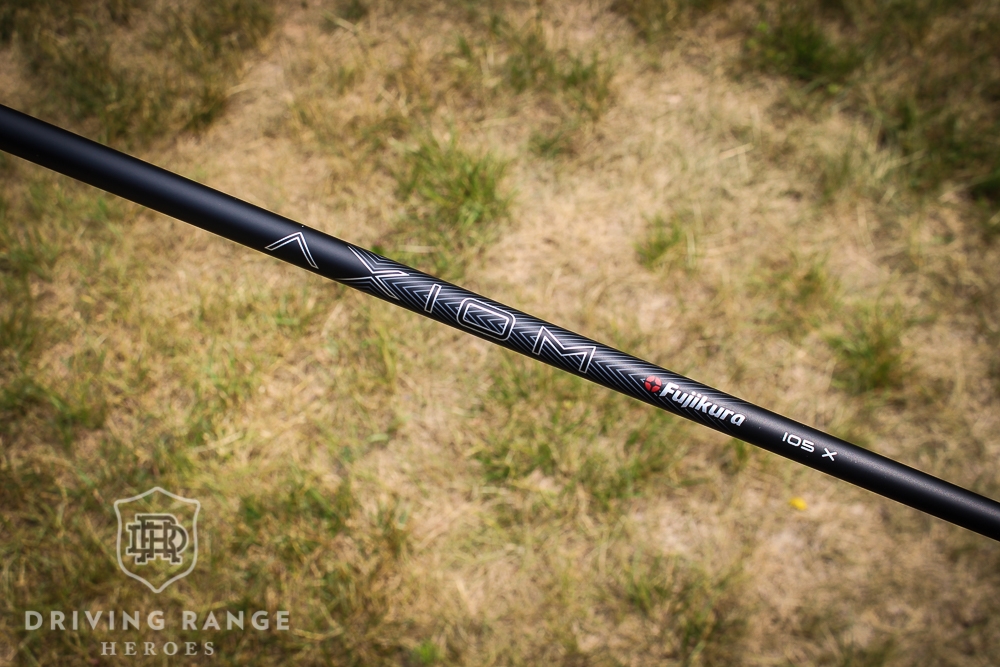
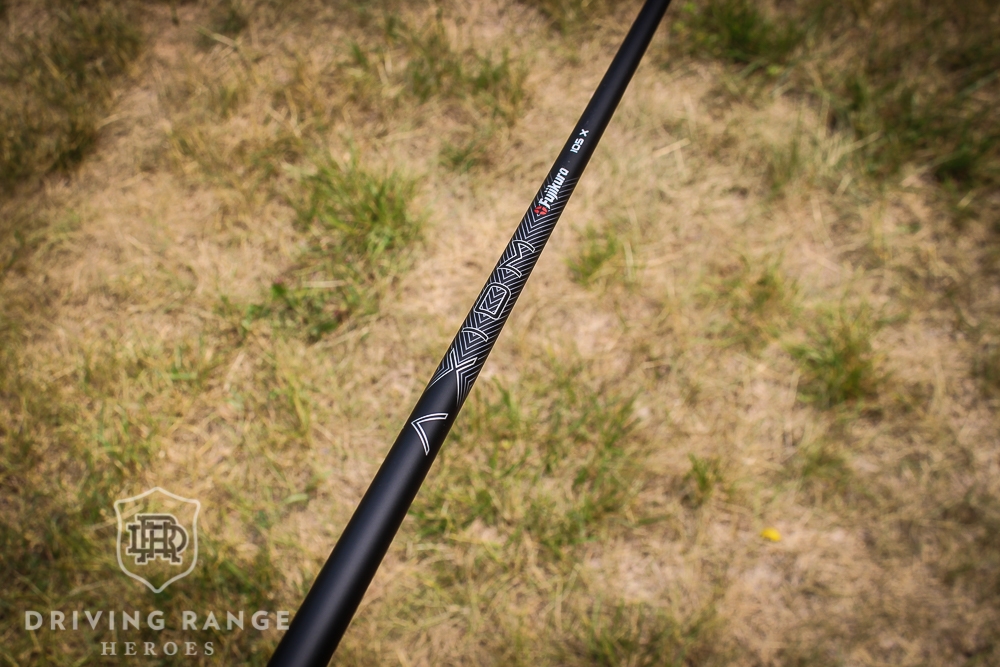

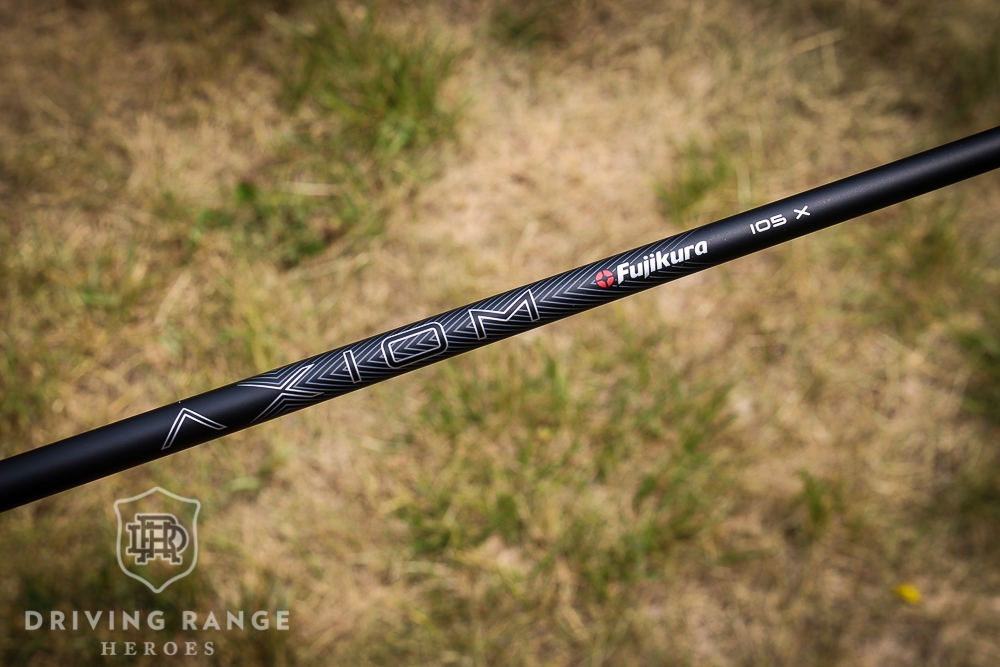



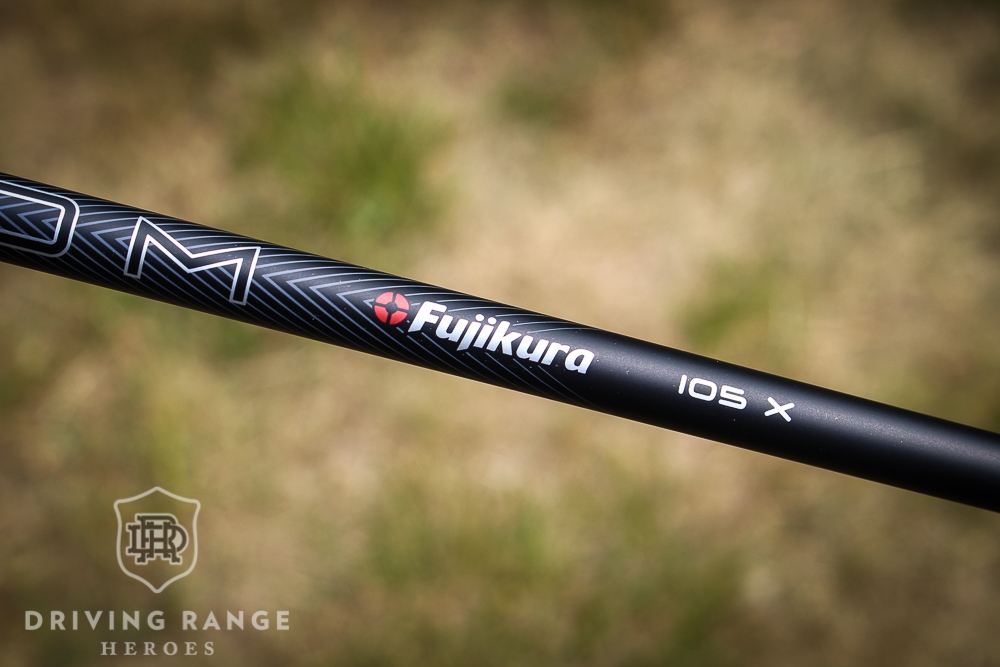
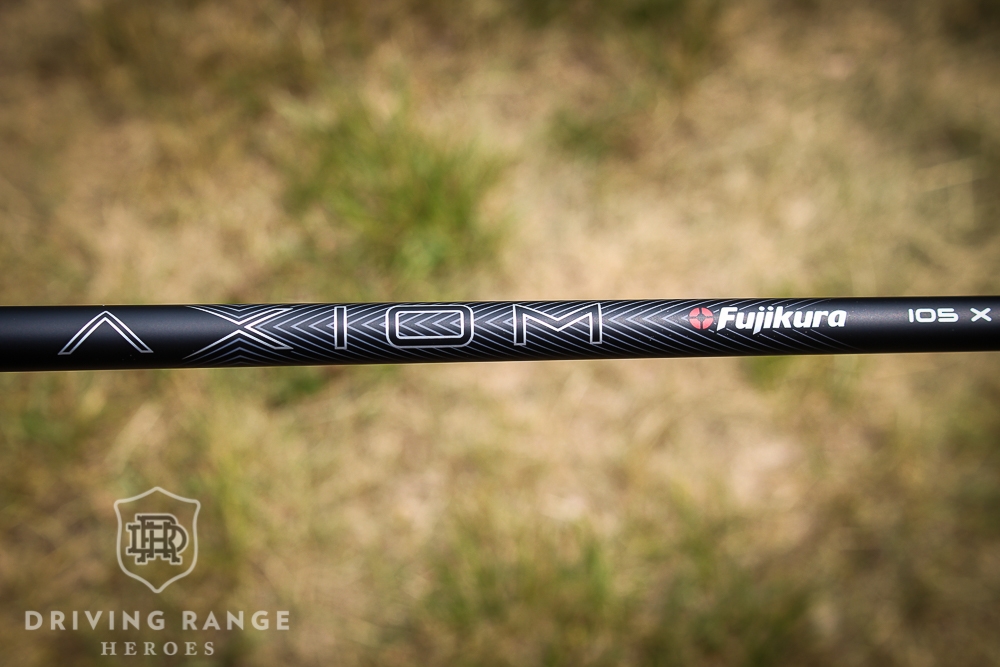
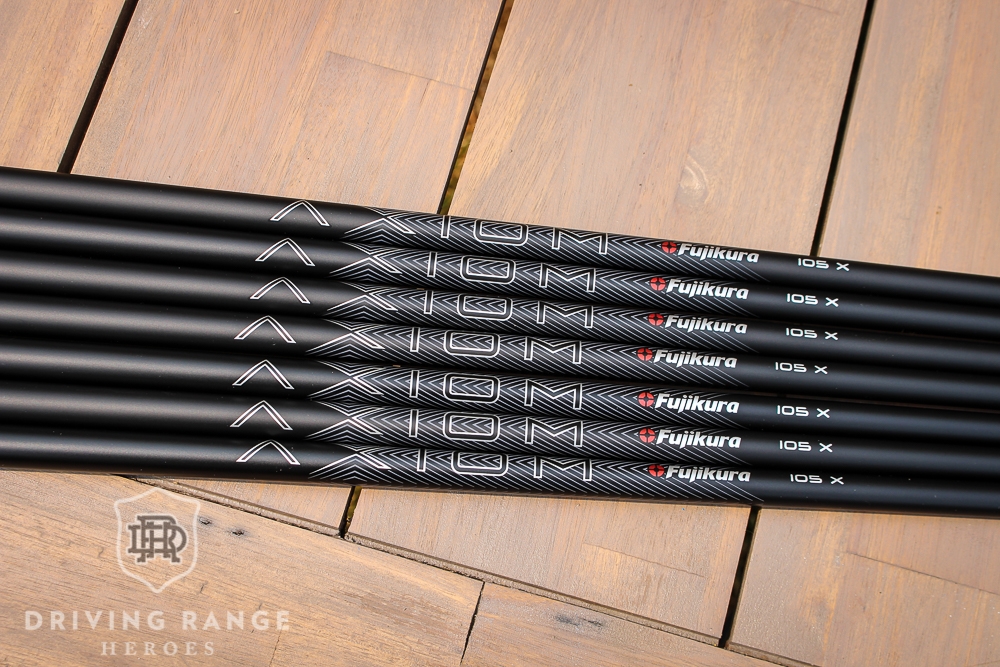
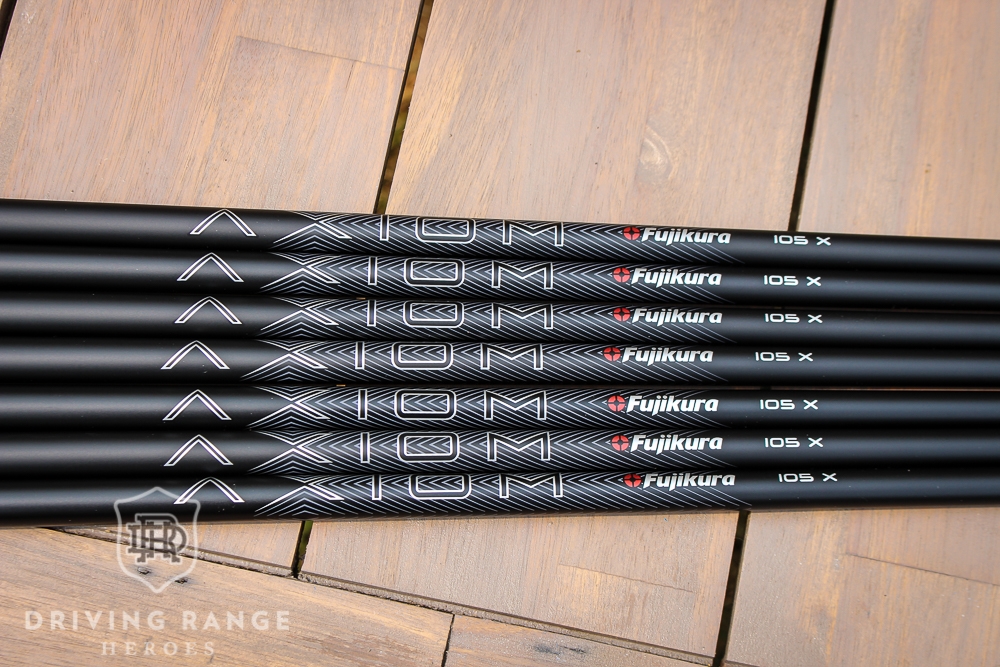
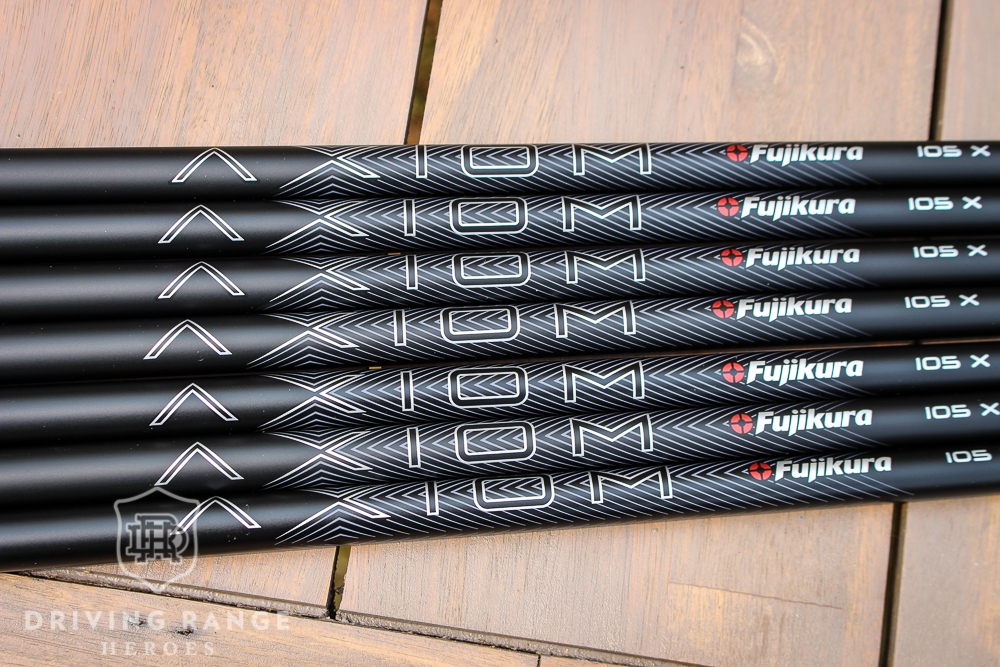
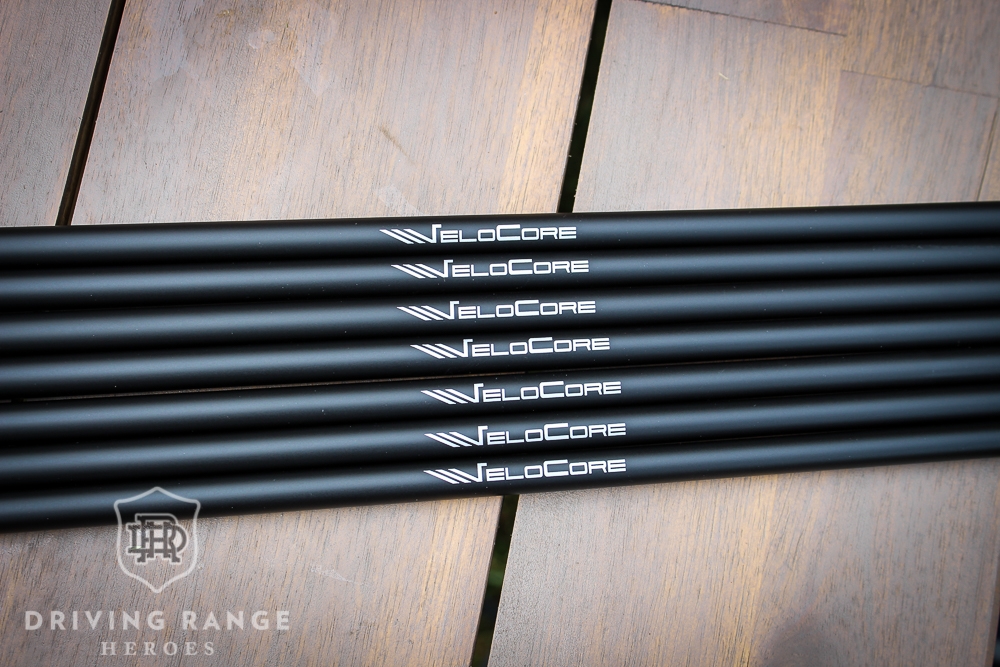
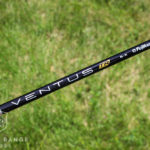
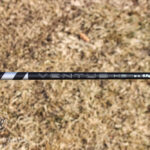
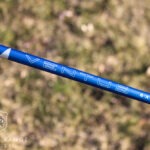
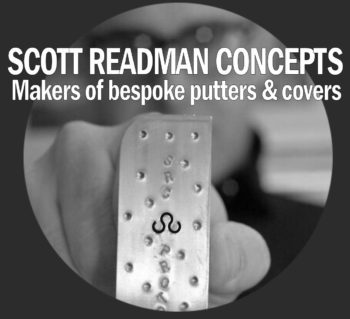











How does this compare to the Dart that you recently reviewed?
Thanks for the honest reviews as always!
Axiom has a better blend of feel and stability. Would say that the two don’t really compare, but that’s me.
good to know and somewhat expected haha. thanks bill
Bill,
Nice review, and indeed, the Ventus Black “just felt different,” the first time I’d tried it. (Had never heard of it before, believe it or not.)
Anyway, my questions are: Have you tried either the LA Golf L-Series or Mitsu MMTs? Both are supposed to also be “graphite for the guy who played X-stiff steel,” kind of shafts. If so, how did they compare to Axiom?
Thanks,
I haven’t played either of those other two shafts (except an MMT in a Callaway Super Hybrid for a review, but that doesn’t count). Sorry!
demo’ing these shafts doesnt seem like an option. trying to figure out if i need the 105s or 105x, and would i soft step them….
age 51, pretty decent swing speed, quick transition, 7 iron is right around 165-170. do not need low launch shaft.
Pretty tough to say on that info alone. You know your swing, your misses, how you launch the ball, and other general tendencies better than I do. Which way you should guess based on that knowledge will be best decided by you. I would say if your miss is right, I wouldn’t go with a stiffer profile.
Unfortunately, I can’t really guide you beyond that.
Bill, not sure if your WITB is up to date, but saw that you play(ed) KBS $-Taper 125, which is also what I’m in. Did you feel like either the Axiom or Dart V were comparable to the $-Taper?
It is not anywhere near up to date! I keep meaning to get to it, but just haven’t had time. This season at some point, I promise!
Haven’t had a $-Taper in a real long time, but I don’t think it’s really comparable to either of those graphite shafts from what I can remember at this moment. I like the Axiom in that it’s more stable and a little “tougher” whereas I felt the DART V is still very much a graphite iron shaft and won’t have some of the properties that steel players tend to prefer.
That’s helpful! Thank you!
Have you tried or heard anything about the fujikura diamond speeder iron shafts? I managed to get hold of a diamond driver shaft and it’s superb. It seems much of the design features are similar to axiom.
I haven’t hit the Speeder Diamond stuff, but based on what I know about Japanese market golf products and the Speeder Diamond product line, I would imagine they are shafts made with premium materials, and yeah they’re lower torque, but they probably don’t feel super stout. With some digging around, I don’t feel like they scream “Axiom design features”, but I’m sure they’re quality shafts.
Hi Bill –
Trying to figure out how these might compare to Steelfiber i95CW. I am currently in i95CW Regular, however, think i should have been in stiff or (a soft stepped stiff). I have heard that due to Steelfiber playing slightly stiffer to flex that I could go straight into an Axiom 105s. Would you agree with that?
I don’t have any recent Steelfiber experience unfortunately, so would be tough for me to say.
Any idea how you would compare it to a Modus 105S?
It’s been so long since I’ve hit a Modus 105, it would honestly be too hard to say.